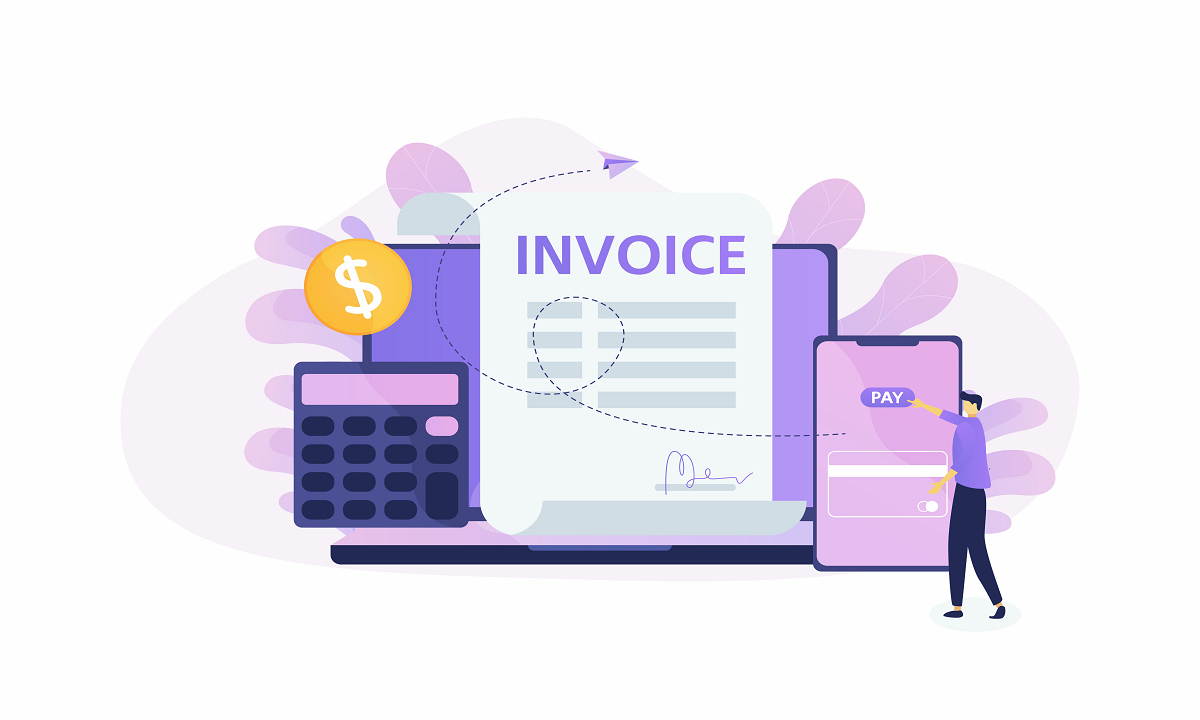
Invoicing is a time-consuming but vital task for any business firm. You’ll create an invoice, submit it, and have no idea whether or not the other person received it until you get paid. When selling to other businesses, credit terms and invoicing are involved. It means that the design, delivery, and collection of bills may make a simple supply of goods or performance of services complicated.
There are, however, some common faults or concerns with the invoicing process that you can control. Below are the most common invoicing management challenges and methods you can efficiently deal with accordingly.
- Misplaced Customer Invoices
Tracking down misplaced invoices is one of the most frustrating aspects of billing. It’s a situation that the accounts payable department commonly experiences when a vendor calls to inquire about the payment status, and it is determined, following inspection, that the invoice in question was not entered correctly in the system. As a result, duplicate bills may be paid. To help reduce the number of missing invoice processing issues, you must first discover why vendor invoices are not reaching the accounting department.
If the problem is that products or services are not ordered appropriately, this must be fixed accordingly. A central purchasing department should handle all orders. It allows invoices to be paid on time and expenses for efficient management. The requirement of purchase order (PO) numbers on all orders are vital for this function. A reliable AP automation system can also help you avoid missing invoices.
- Incorrect Data
Most firms assign all incoming invoices to a particular email account or employee. Larger firms may delegate this job to several employees from several company units. If your invoice does not reach the intended recipient, it can wind up in the unpaid invoice “lost letter pile.” If you did not expect to receive payment for at least 30 days after issuing the invoice, you would not notice the error for at least a month.
Proactively address the issue by confirming—and reconfirming—the correct receiver for your invoices, keeping in mind that your account may have multiple separate employees assigned to it, depending on the scope of your products and services. Remember that people move jobs or organizations, so analyze and update contacts regularly, every six to twelve months.
- Overdue Payments
If everything could be as simple as “sell and forget,” the business world would be a much simpler place. Unfortunately, collecting clients’ payments sometimes takes longer than delivering the goods or services. Customer payment delays are probable even if you immediately issue an invoice and anticipate the amount on or before the payment due date. Contacting your customer to confirm receipt of the invoice is a great place to start.
The next step is to contact them with a polite reminder as the payment due date approaches. Throughout this discussion, maintain a concise and courteous tone. After all, you’re not accusing your clients of willful or deliberate nonpayment. You’re simply reminding them of an impending deadline.
Daily, small business owners must balance a plethora of obligations. This reminder may help you ensure that your customer pays on time. Indeed, if they expect to be unable to pay by the deadline, this is their opportunity to notify you sooner rather than later. This way, you may agree on a payment schedule that works for both sides. It is preferable to have some money than none at all.
- Recurring Invoice Errors
Payment delays are something that no company can afford due to incorrect pricing, incorrect computations, missing payment due dates, and other oversights. When these blunders occur regularly, they create distrust in your clientele. When the accounts payable department must examine the issue, determine how many cycles were impacted, compute the relevant modifications, and guarantee that the problem does not reoccur, you are costing the customer a significant amount of time.
If the issue is unintentional, it may imperil the connection or even cause the customer to lose money. To prevent making the same mistakes, investigate more and identify the root causes. One-time fixes are inefficient and waste time for everyone.
If your automated system retrieves price data from a database that hasn’t been updated in six months, stop generating invoices until the database is refreshed. Alternatively, double-check each one before sending if your invoices are generated manually and are prone to numerical errors. A delighted customer who pays swiftly will more than compensate for the extra effort.
Takeaway
Your company may run admirably when you have loyal team members and a diverse client base, but if the invoicing isn’t working smoothly, you won’t stay long. There are various methods for alleviating the stress associated with regular, time-consuming business operations. Using an intelligent invoice solution that allows you to function more efficiently avoids hassle in carrying out tasks.

